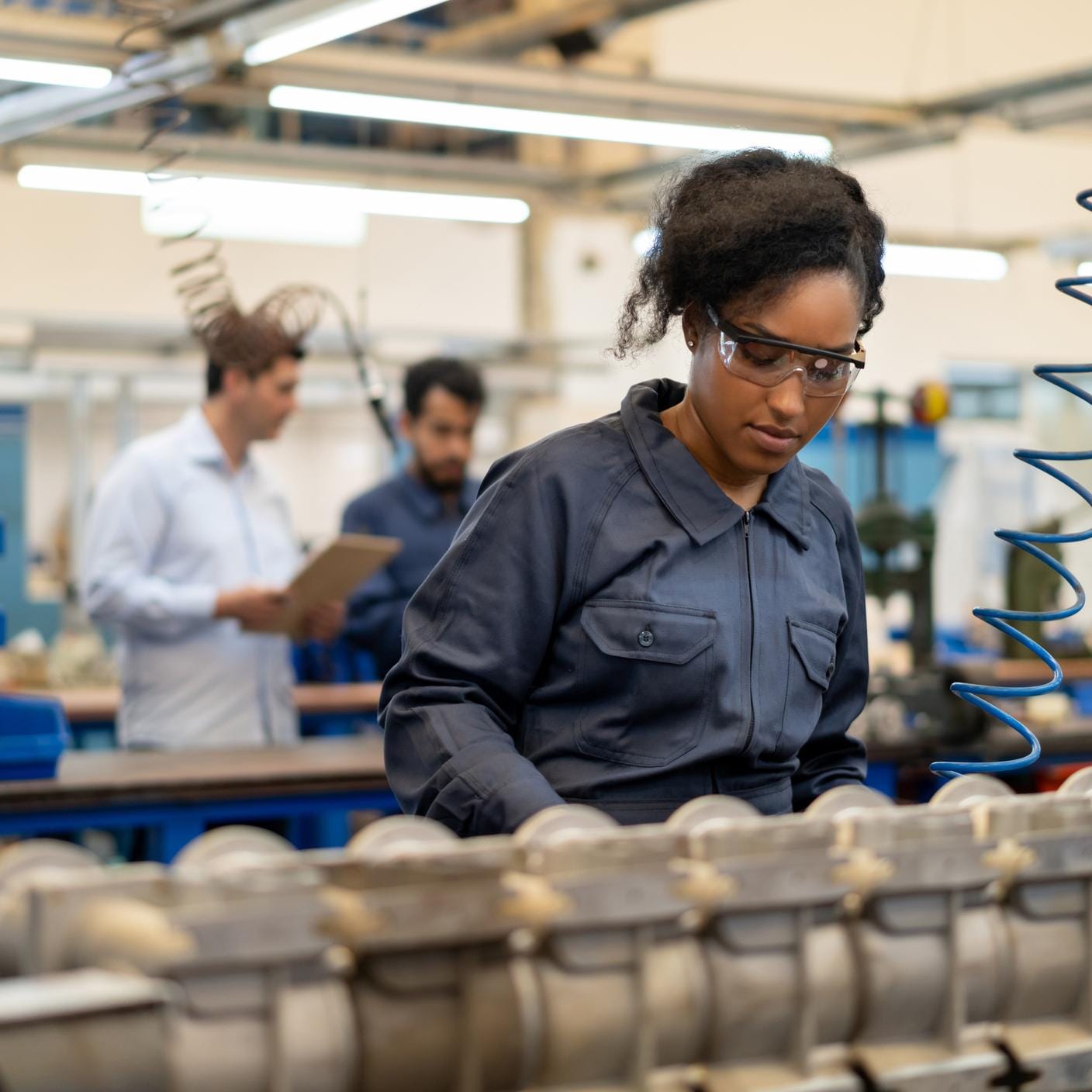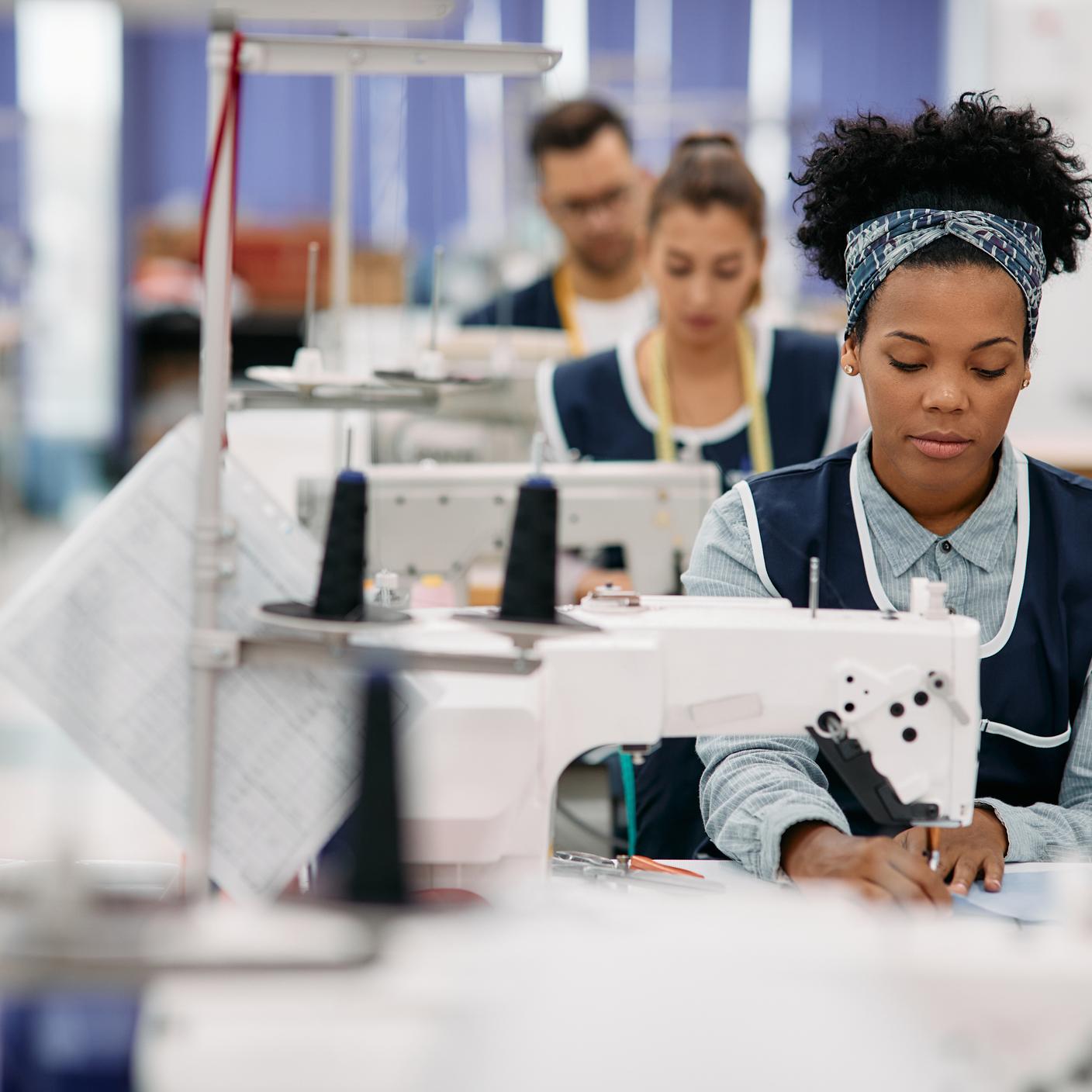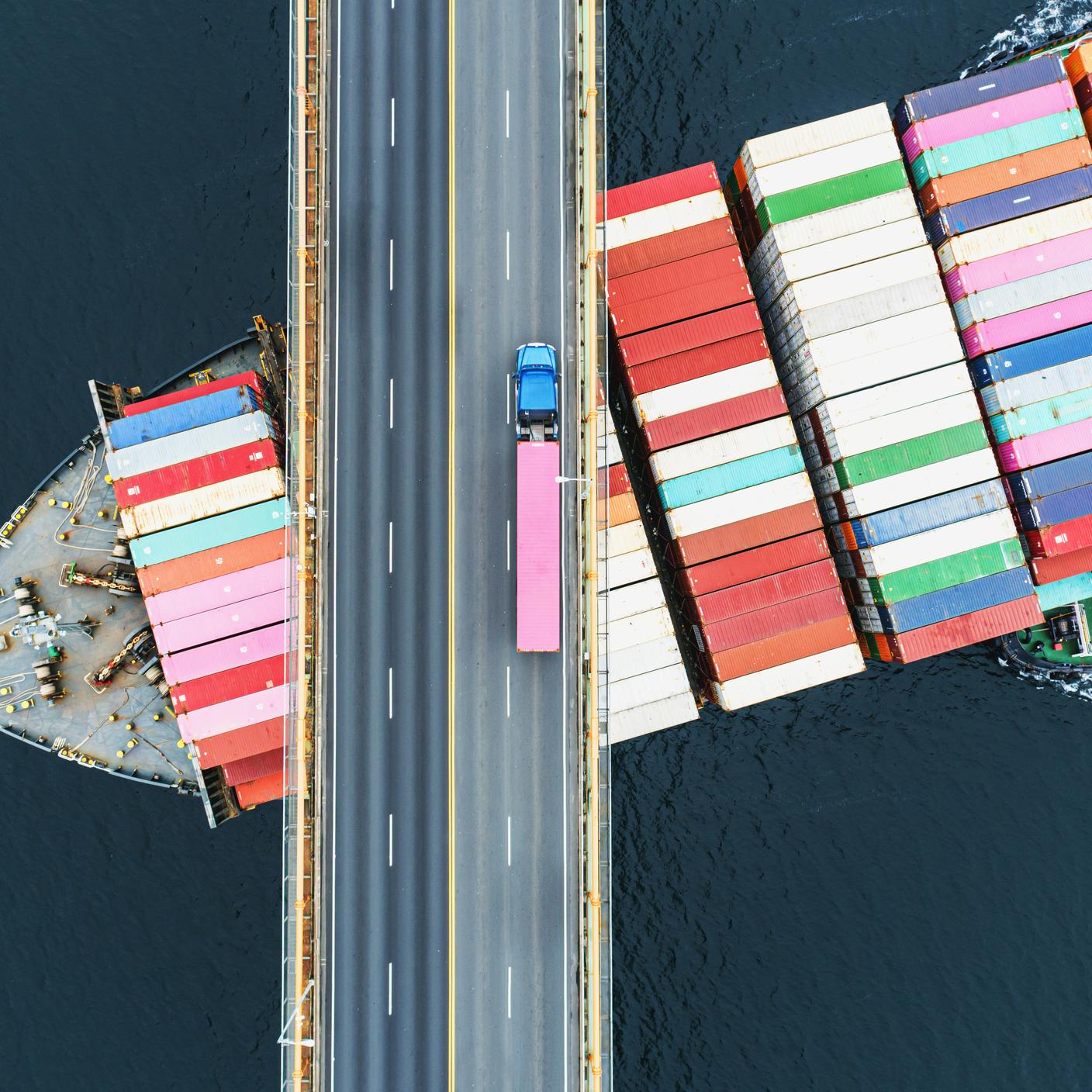January 11, 2023 - Geopolitical instability, financial pressures, and supply chain disruptions are just a few challenges ruling the world stage of late. These have seen government organizations and workers unite to not only tackle issues in the moment but to prepare for potential future disruptions.
Another critical issue that leaders are working tirelessly to address in modern supply chains is slavery. 50 million victims of slavery exist worldwide, with approximately 28 million trapped in forced labor. If this isn’t shocking enough, the number of victims has increased by 10 million since 2016.
Organizations can now seek relief in artificial intelligence (AI), a decidedly new-age solution but one that’s making waves across all industries and operations. Discussions of AI’s potential to improve supply chain efficiencies have begun to take hold, but the technology could also be pivotal in eradicating modern slavery and helping industry leaders pave the way for a more ethical, sustainable supply chain.
A transformative opportunity
Tackling modern slavery within today’s value chains is no easy task, so how can AI play a role in eliminating this complex problem? Concerns surrounding the use of AI have dominated news headlines this year, but the technology has immense potential to be a force for good, provided the right guardrails are there.
The intricacy of supply chains requires the swift processing and analysis of large datasets. This often exceeds human capabilities but is a primary competence of AI. A study from McKinsey found that implementing AI in supply chain management resulted in a 15-percent reduction in logistics costs, a 35-percent enhancement in inventory levels, and a 65-percent improvement in service levels.
According to BSI’s recent Trust in AI poll, nearly one in five (18 percent) respondents worldwide prioritize utilizing AI specifically to create more transparent supply chains and help eradicate modern slavery.
This evidence shows the huge business opportunity awaiting industry leaders who invest in AI to optimize their supply chain. AI can make their supply chains more efficient and inspire employees by demonstrating a commitment to sustainable operations. The only question that remains is how to apply the technology.
Application of supply chain AI
It’s instructive to remember that modern slavery is a wide-ranging issue that manifests itself in multiple ways. One prevalent theme in several sectors (notably manufacturing) involves human trafficking from one country to another.
Rumors of modern slavery in the manufacturing space could explain why Congress recently expanded its investigation into the use of forced labor in the automotive manufacturing industry. The industry is just one where, down the line, there is the potential for AI to have a positive impact in combatting modern slavery.
For example, AI models could analyze all available data from closed and open sources to build accurate models of a company’s supply chain and flag areas where there may be forced labor risk. This could include news stories, shipping manifests, population data, anonymized employee data, purchase orders, bills of materials, and regulatory requirements.
By synthesizing these details, AI could provide an overview of a company's supply chain and point to risk factors such as a higher proportion of migrant workers in particular regions, or suppliers who handle labor-intensive processes where forced labor has been used in the past – faster than any person could analyze and identify them.
An intelligent supply chain network is far more agile in detecting supply chain disruptions than humans alone. However, detection is not enough to prevent modern slavery. Prevention requires action, and that’s where people come into play. In this way, AI analysis can bring problems to light that might otherwise remain hidden, and humans can swiftly act on those findings.
Working in tandem
There’s potential for instances where AI could “over-identify” forced labor, illustrating the importance of having human oversight. For example, American law enforcement officials have recently leveraged AI-powered facial recognition to identify leads in over 300 trafficking cases, a powerful testament to the power of AI.
However, similar software has also led officials to issue six false arrests, which could jeopardize public trust in the system. Facial recognition alone cannot be used as probable cause, only providing the starting point for law enforcement officials to begin an investigation. AI has the potential to be a powerful aid in providing investigators with leads on human trafficking activity, provided its algorithms are carefully monitored to minimize risk.
By correctly outlining where AI’s responsibility ends and humans should take the reins, organizations can both experience the benefits of using AI and gradually forge a mutually beneficial relationship between workers and the technology.
Our ongoing education about AI—where we learn more about its potential to be a force for good, helping us tackle complex tasks—is the heart of this transformative opportunity. As industry leaders take advantage of that opportunity, we will see just how resilient and sustainable our global supply chain can become for people and the planet.
This was originally published by Supply Chain Brain on December 5, 2023 under the title Is Artificial Intelligence a Solution for Modern Slavery? Read more on the power of technology to support supply chains in Emerging technologies: Part 2: Merging privacy by design and supply chain. Learn more about modern slavery in Behind the standard: Eradicating modern slavery part 1, part 2, and part 3.







